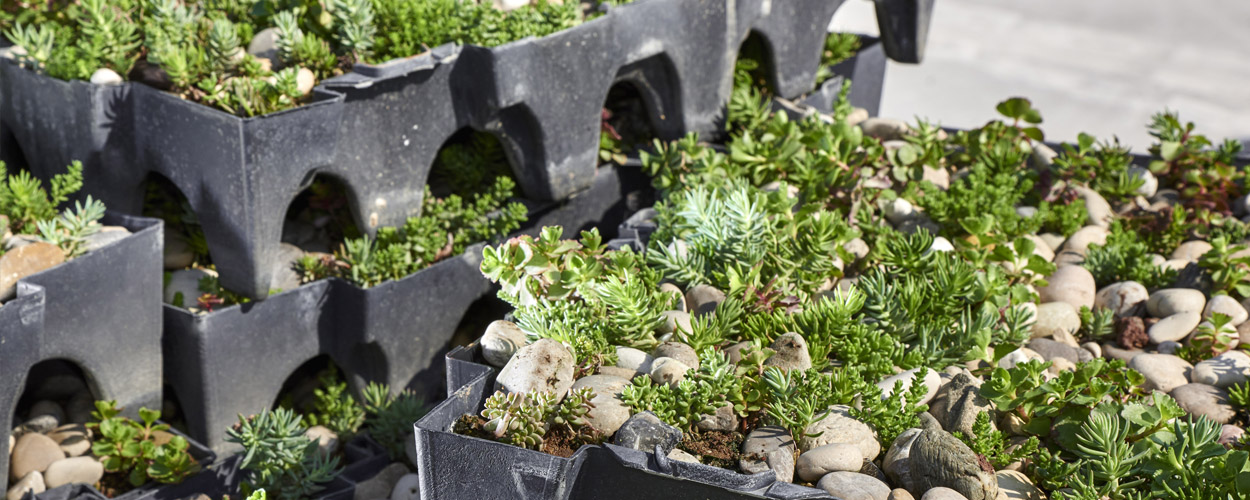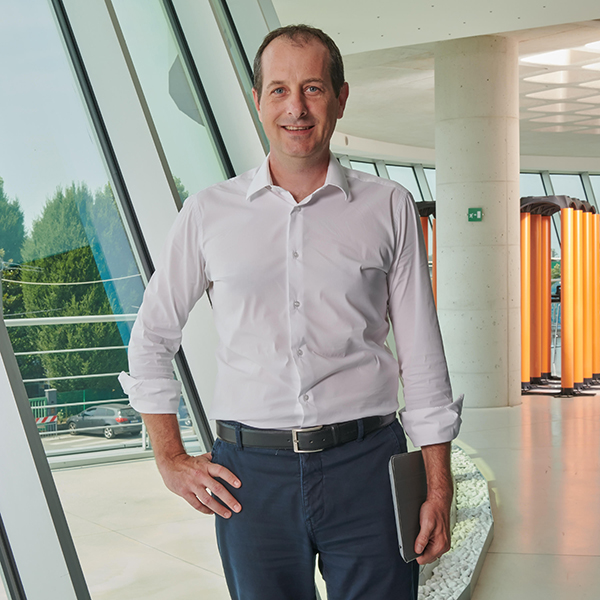The thermal and energy benefits of the green roof for residential projects
by Luca Zausa, 16 October 2018

Green roofs are one of the main strategies used in bioarchitecture to limit the environmental impact of the construction industry. The presence of the plant essences has numerous positive effects, but the most significant one is on the energy interaction between the building and the outdoor environment. In the urban environment, green roofs can notably decrease the urban heat island effect. Their main benefits on residential buildings are also in term of both energy and thermal efficiency.
Green roofs have an influence on the indoor temperature by growing plants on the roof and creating shade. Moreover, they decline thermal loads to the buildings by the greenery. The soil function is as an insulation layer and it controls the heat loads from the roof. According to ASLA, green roofs can limit the transfer of heat from a building exterior to its interior by up to 72%.
A study of domestic buildings with green roofs in northeast Germany suggests that there is a 3-10% saved on fuel bills, with a maximum reduction of 6.8kWh/m2 (equivalent of 1.5kg/m2 CO2), and a minimum reduction of 2.0kWh/m2 (equivalent of 0.44kg/m2 CO2) during the winter. On the other hand, ASLA states that a typical 2-3 story building could experience 15 to 20% energy savings in the summertime.
The reduction of energy used for heating during winter, as well as for cooling during the summer, results in lower energy bills. In addition, green roofs are compatible with the installation of photovoltaic systems, therefore allowing a twofold increase in energy savings.
Our green roof products
Completa is made of recycled plastic and is easy to install. Completa allows the creation of an extensive green roof using a carrier-planted system. These plants provide coverage of the house roof with minimal maintenance requirements. See our green solutions and projects.
